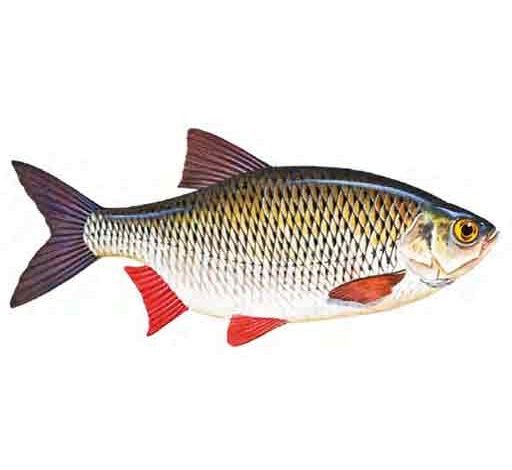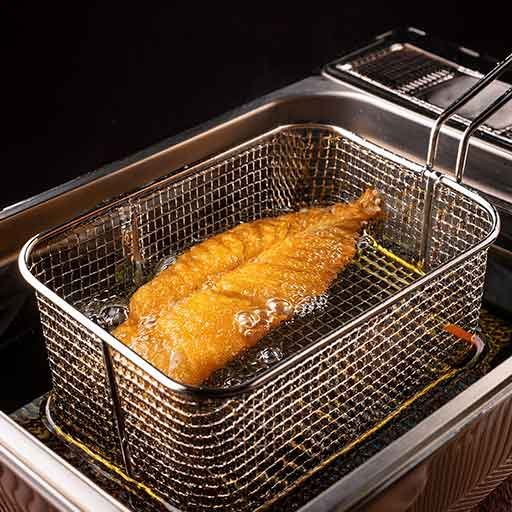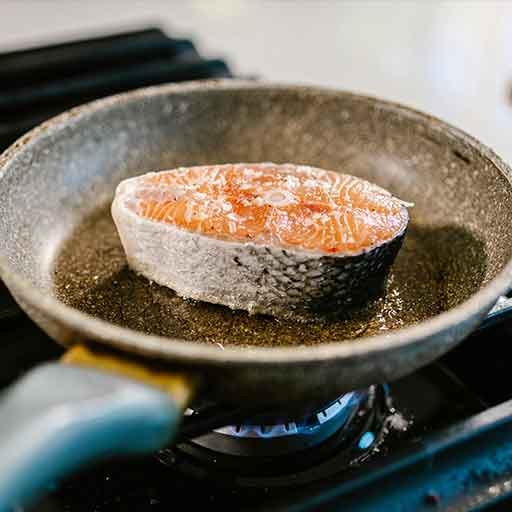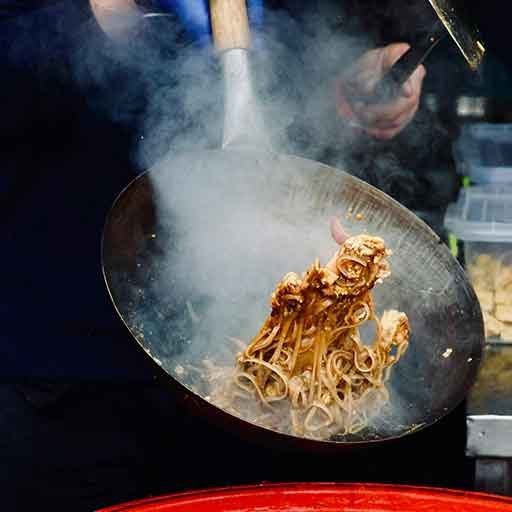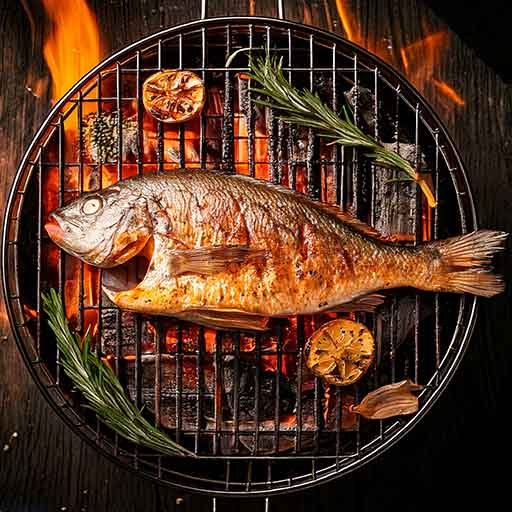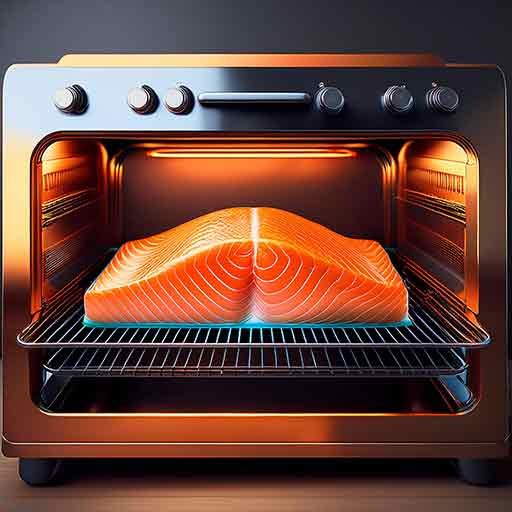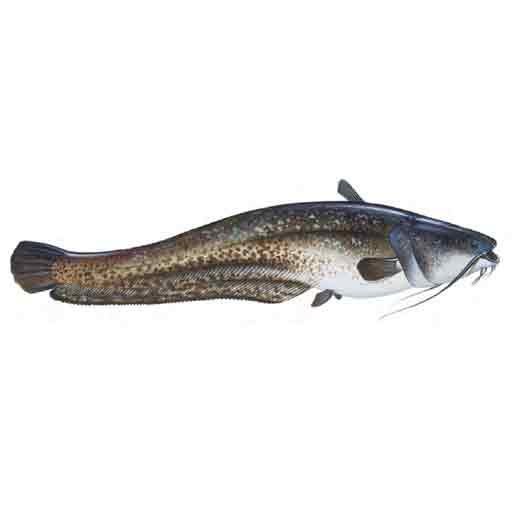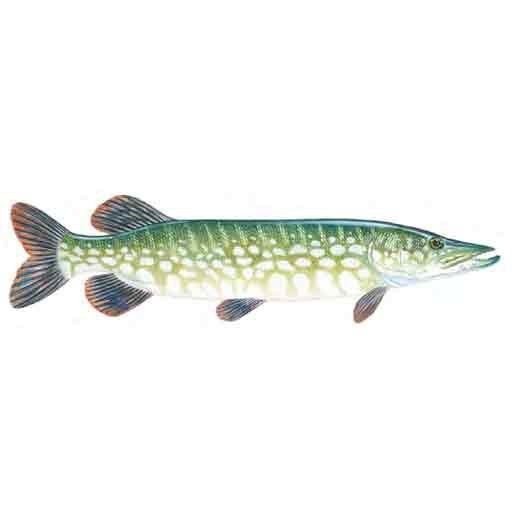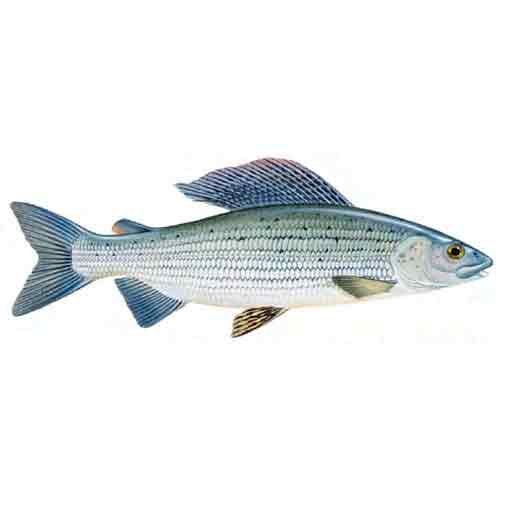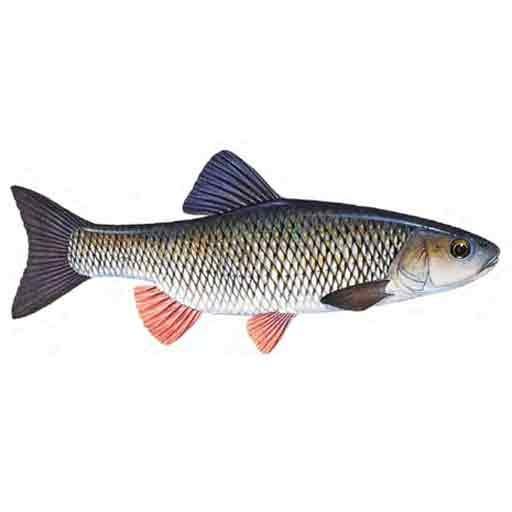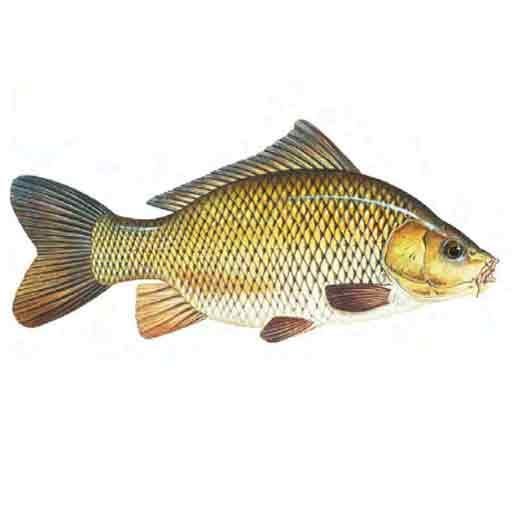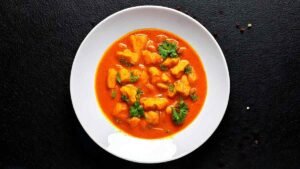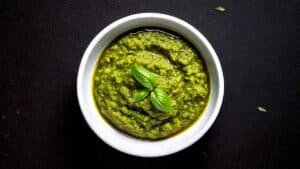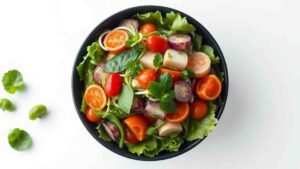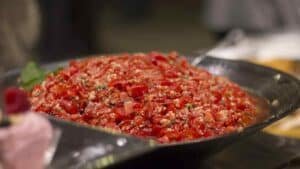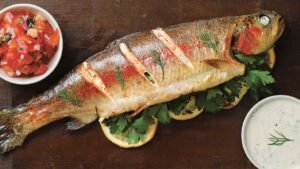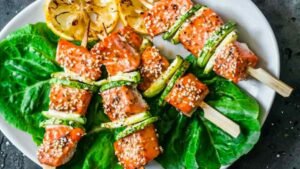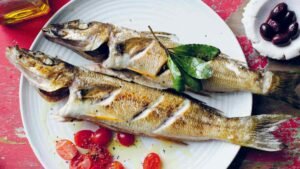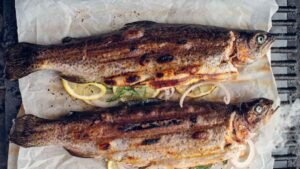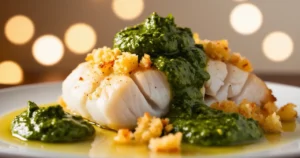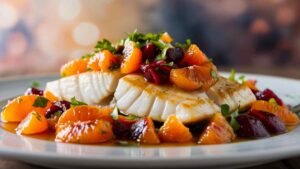At first glance, the rudd looks very much like a roach (opposite), but there are two main differences: a rudd’s dorsal fin is set further back than that of a roach, and while a roach has red irises, a rudd’s are yellow to orange. This species is found mainly in relatively still waters, such as canals, ponds, and marshlands. It prefers thickly overgrown areas near to the banks. The rudd is happy to feed closer to the surface than the roach, but the diets of both species are similar, mainly small crustaceans, aquatic plants, and insect larvae. Rudd spawn from late spring to early summer (May and June).
A favourite quarry of many freshwater anglers, the rudd has been introduced widely in Europe and Asia. It responds well to small, natural baits, such as bread and maggots, and can be successfully fished “on the drop”, a technique in which there is little or no weight under a float, allowing the bait to sink naturally down through the water.
